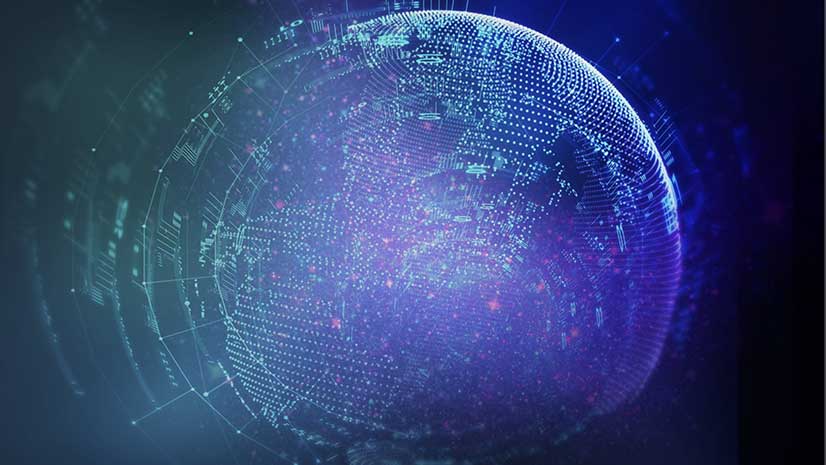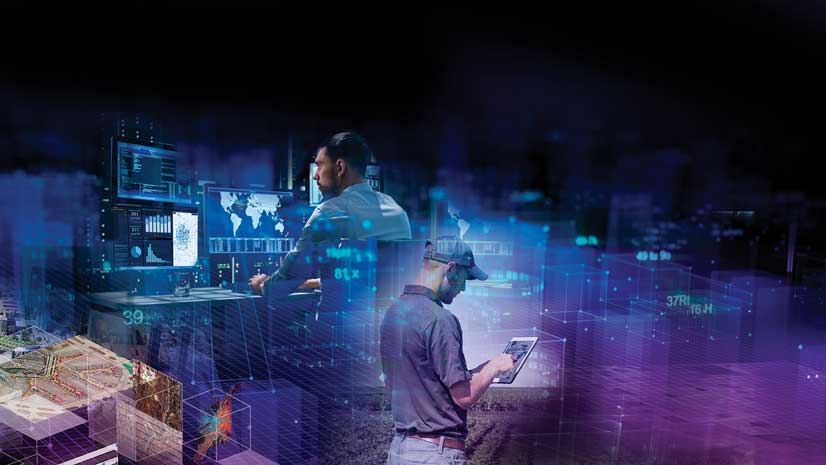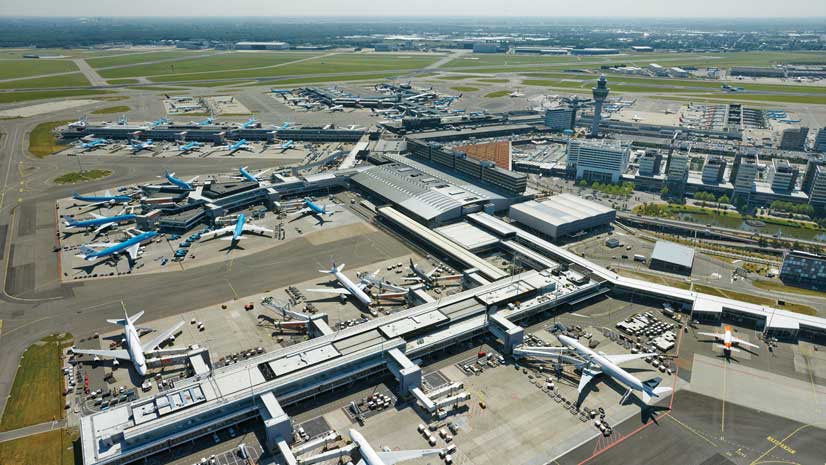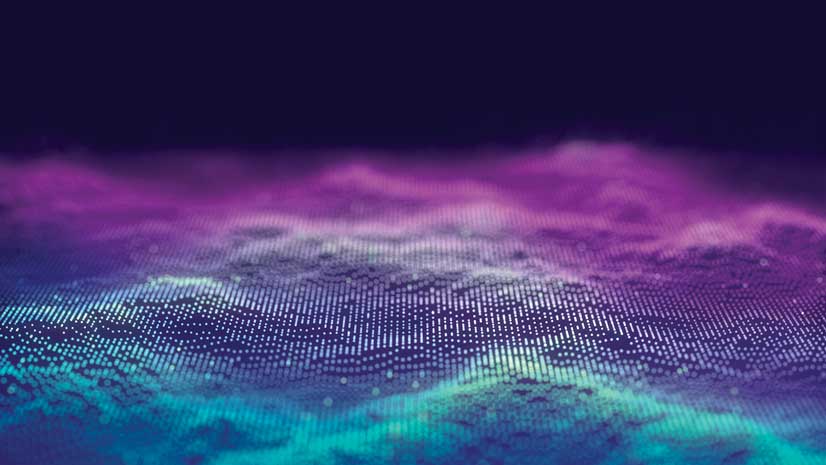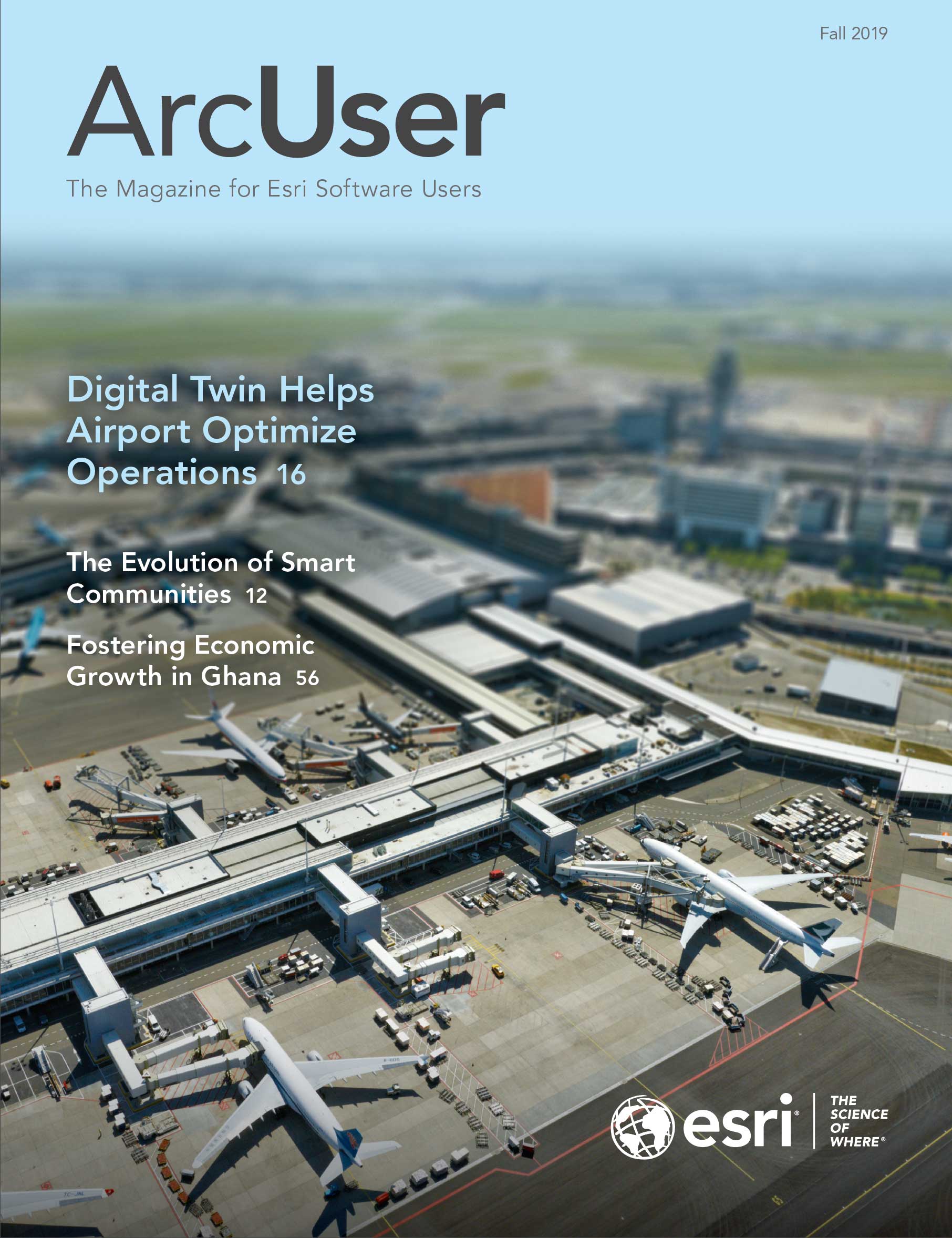More than just a visualization, a digital twin can accelerate innovation, build consensus, and save time and money by iteratively modeling changes, testing how components or systems function, and troubleshooting malfunctions inexpensively in a virtual world.
A digital twin is a virtual representation of an object, process, or system that bridges the gap between the physical and digital worlds. It links the smart device sensors of physical components that gather real-time data on the working condition, position, or other characteristics of physical items with the virtual representations of those items in the digital twin.
By connecting components to a cloud-based system that processes the data gathered, the performance of entities in the physical world can be used in analyzing the performance of virtual models. Digital twins generate efficiencies by optimizing operations and workflows and proactively improving asset management by working with virtual objects and systems.
The concept of a digital twin is not new, but the ability to effectively implement it is. Michael Grieves introduced it in his 2002 white paper Digital Twin: Manufacturing Excellence through Virtual Factory Replication. Grieves posited the use of computer-aided design for developing digital objects, creating virtual factories to produce them, and running simulations to test plant operations.
Recently, the effects of continually increasing computational capabilities and the advent of the Internet of Things (IoT) have closed the gap between the promise of the digital twin and its reality. Although originally pioneered to improve the operations of manufacturing plants, the use of digital twins has been expanded to applications such as supply chains, wind farms, and even cities.
With its 3D and spatial analysis capabilities and the evolving integration of technologies such as building information model (BIM), augmented reality (AR), and virtual reality (VR), GIS offers tremendous benefits for modeling impacts and improving operations through the use of digital twins by government and industry for activities such as:
- Viewshed delineation
- Solar radiation assessment
- Shadow modeling
- Urban analytics
- Modeling sea level rise
- Space-time analysis
Creating a feedback loop between the design and production and between the virtual and real worlds yields substantial savings in time and money and a better understanding of processes and impacts.
